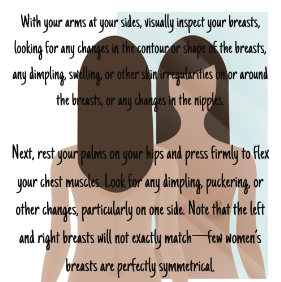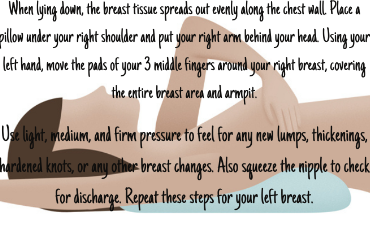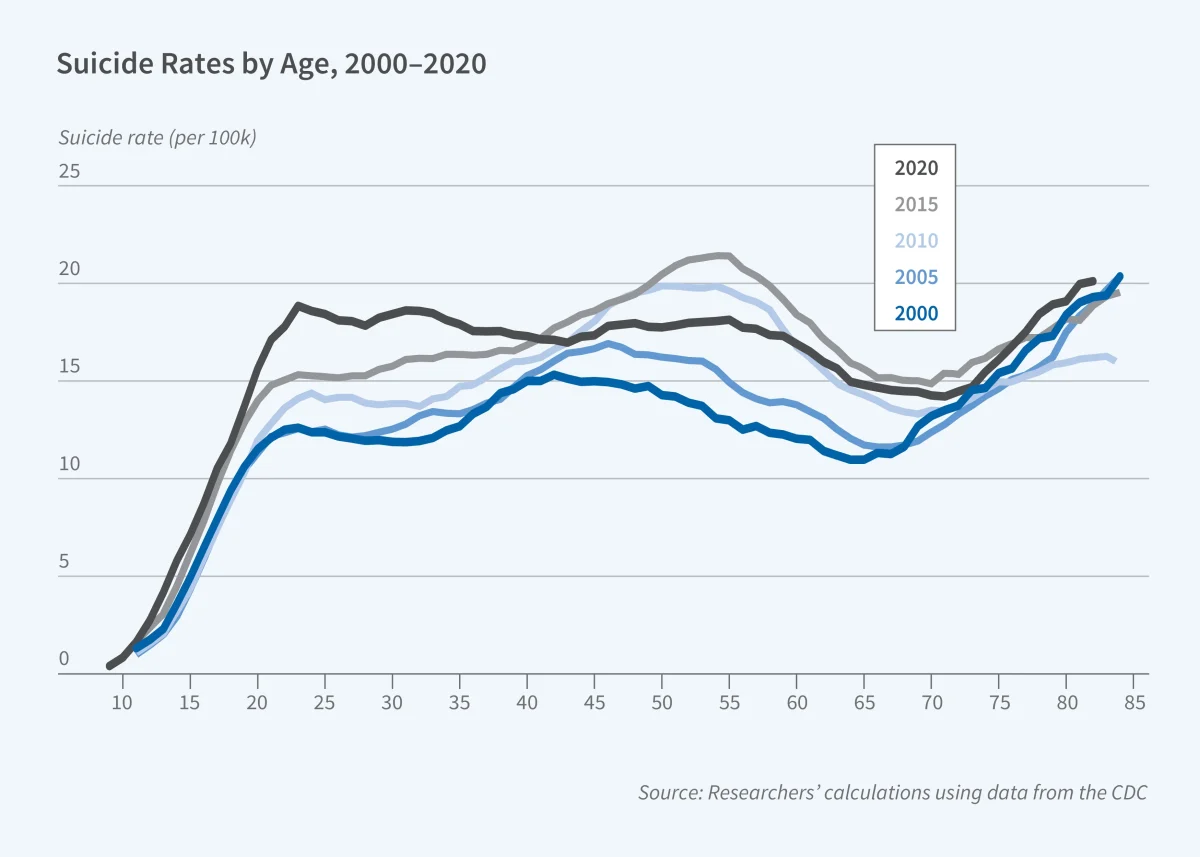According to the National Breast Cancer Foundation, “In 2024, an estimated 310,720 women and 2,800 men will be diagnosed with invasive breast cancer.” As October approaches, social media platforms increasingly feature content related to Breast Cancer Awareness Month, which runs from the 1st to the 31st. As noted on breastcancer.org, “Breast Cancer Awareness Month is an international health campaign held every October. The month aims to promote screening and prevention of the disease, which affects 2.3 million women worldwide.” These promotions highlight women’s stories and raise awareness about the disease.
Breast cancer often involves mutations in the BRCA genes. Every person has both BRCA1 and BRCA2 genes; however, these genes do not directly cause breast cancer. According to the National Breast Cancer Foundation, mutations in these genes can impair their ability to prevent the disease, potentially leading to cancerous tumors in the breast. Many of these mutations are genetic and influenced by various factors:
-Gender: Women are more likely to develop breast cancer than men.
-Age: Most cases are diagnosed after the age of 55. Although it may not affect the high school age group, it is just as important to become aware.
-Family: If there is family history of breast cancer, offspring have a much higher risk and need to take extra preventative cautions.
-Females Factors: Early menstruation (before age 12), late menopause (after age 55), having a first child at an older age or never giving birth can elevate the risk of breast cancer.
Environmental and lifestyle choices play a role as well. Physical activity, a balanced diet and less alcohol intake are important in working to prevent the risk of breast cancer.
Adult women can stay vigilant by performing regular self-breast exams. According to the National Breast Cancer Foundation, “For women still menstruating, a breast self-exam should be performed a few days after her period ends. For those who are post-menopausal, a breast self-exam should be performed on the same day each month, such as the 1st or 15th.” These exams help individuals become familiar with their breasts, enabling them to identify any abnormalities and consult a doctor promptly. Breast self-exams consist of three simple steps that anyone, regardless of gender, can follow.



Starting self-exams early allows for easier detection of changes in the body. In addition to self-exams, women over the age of 40 are recommended to get mammograms every two years, unless otherwise advised by their doctor. Those at higher risk should receive mammograms more frequently. These screenings can detect tumors at an early stage.
Breast cancer awareness often focuses on “saving” the breasts, but the real concern is the women behind them. Cancer is a challenging disease that can take months or even years to treat, impacting both physical and mental health. The most common treatment options include mastectomy or double mastectomy, which can lead to significant loss for women. As one survivor shared, “When I went into remission, it took me months to realize that crying was okay—that it was okay to grieve for a part of me, emotionally and physically, that I’d lost,” (Amy’s breast cancer story, CancerResearchUK).
As we reach the middle of October, we remember those who have lost their lives to breast cancer and acknowledge the changes many survivors experience. This annual reminder encourages us to learn about prevention and early detection.









Liv • Oct 17, 2024 at 8:53 pm
Thank you my grandpa had it and my moms at high risk. Its really scary and not a lot of people know that so thank you